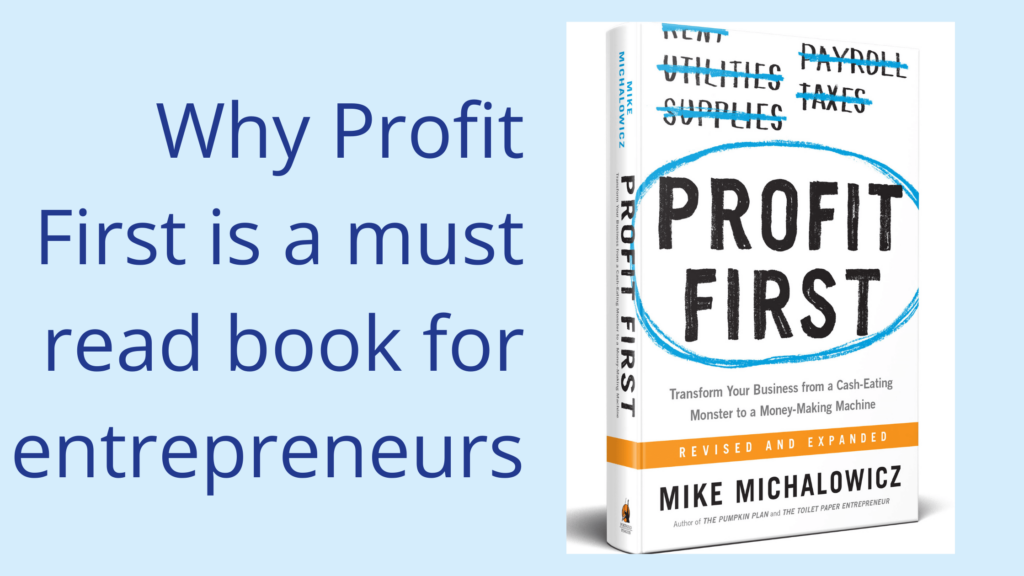Some small business owners find themselves in the difficult position of running a business that appears to be profitable but have no money in the bank. It’s an important situation to address. After all, a lack of adequate cash flow is one of the main causes of small business failure.
Here are three reasons profitable businesses have little money in the bank, and what business owners can do to address these situations.
1. Using business money for personal reasons
Owners may be using their business bank account as a personal bank account, withdrawing the money as they see fit. Of course, business owners need to earn a living. Instead of using the business account like a personal account, entrepreneurs should give themselves a wage and transfer that from the business account to their personal account at set intervals. If their personal money runs out, they can’t go back to the business account for more money until their next withdrawal date.
Regular use of the business account, even for relatively small amounts of personal expenses, adds up and can have a drastic effect on a business’s cash flow.
In this case you are profitable but have no money in the bank as you’ve gone and spent it where it’s not recorded on a profit and loss report. As these sorts of expenses often run through the balance sheet.
2. Not collecting payments
Businesses need to make money, and they do so when customers pay their bills. Not sending out invoices in a timely manner, not following up when customers fail to pay and not conducting adequate credit checks on customers all put cash flow in jeopardy.
It’s best for business owners to send out invoices with clear payment terms and follow up immediately if customers violate those. They can also put procedures in place to avoid customers who are unlikely to pay for work done or to mitigate the damage if clients attempt to get away without paying. Requiring deposits, for example, are a great way to manage both cash flow and customers.
In this case you are profitable but have no money in the bank as you’ve raised invoices that appear on your profit and loss report. But likely have a large (and often growing) accounts receivable number on your balance sheet.
3. Not preparing for tax season
Many small business owners see taxes as something they can worry about later. Then tax season rolls around and they don’t have enough money set aside to pay the ATO. In some cases, a business may have suddenly had a large profit increase but not increased the amount set aside for taxes.
Business owners must treat their taxes as a regular expense. Set money aside to pay taxes. If there is a drastic increase in profits, set aside even more money. Being prepared is far better than being caught with too little.
In this case you are profitable but have no money in the bank as tax amounts don’t generally sit on your profit and loss report. It is from this report that the tax liabilities are determined.
Final thoughts
Thankfully there are steps business owners can take to ensure that their business makes a profit and has money in the bank.
The first being to implement Profit First in their business.
The Profit First system ensures cash is put aside for the profits, that there are funds to pay the tax office as and when they are due, and ensures an owner is paid the appropriate wage for the size of the business.
By keeping track of the money coming into their business and where it goes when it leaves, entrepreneurs can get a better handle on ensuring their business not only makes a profit but actually has money in the bank.
And as a certified Profit First Master, we can help you understand your business finances and tie your numbers back to cash in the bank. If you’d like to get Profit First implemented and ensure that ‘profitable’ business is actually a cash profitable business, book a Biz Fit Call today and we can create a plan where you can see that profit as cash from your very next deposit.




